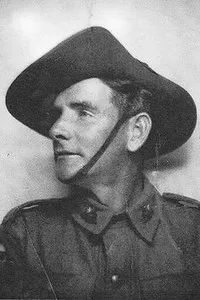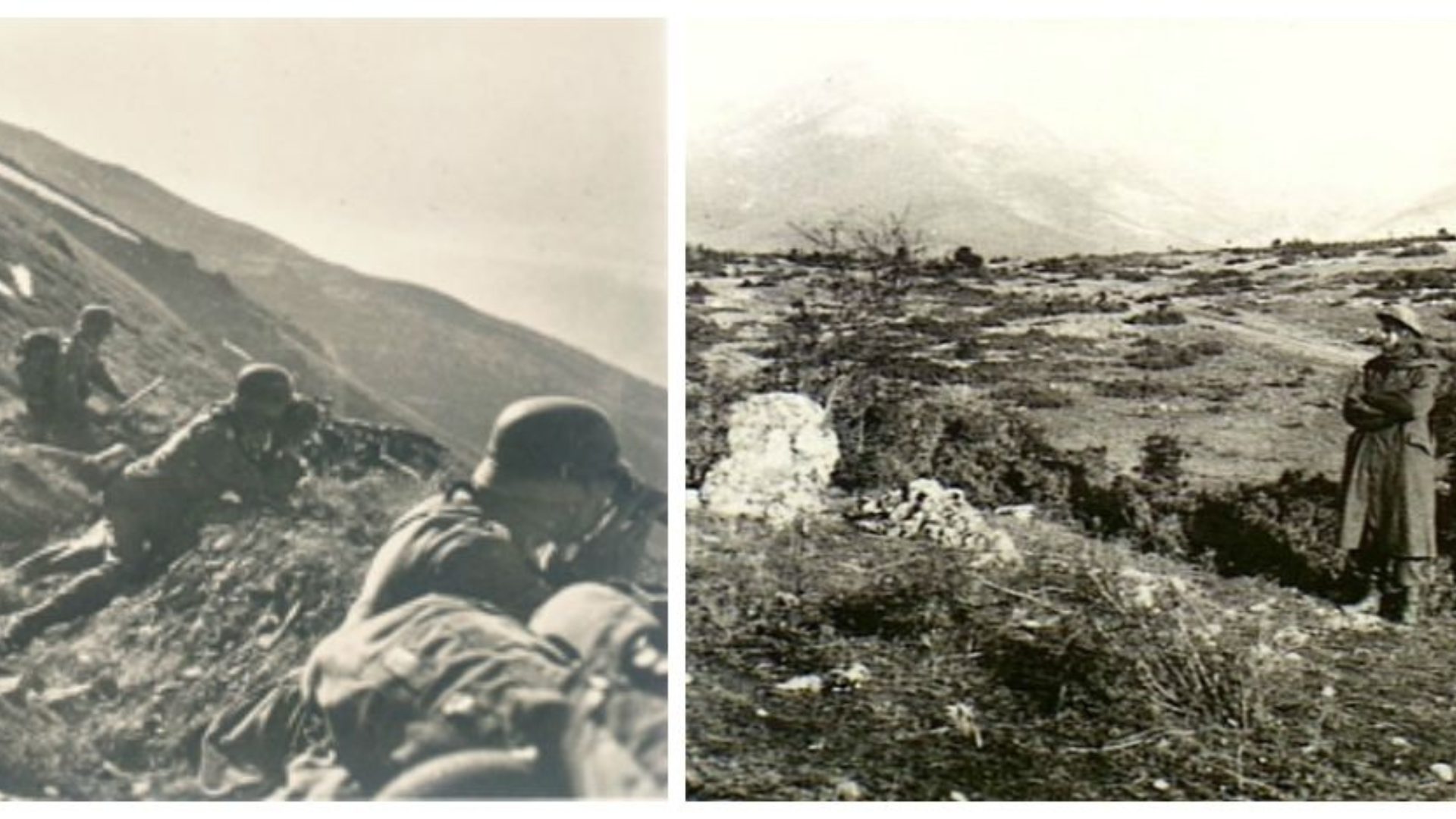By Ilias Karagiannis.
The first battle during the Second World War on Greek territory between German and Greek forces took place in the small village of Vevi in the municipality of Florina.
In the Battle of the Kleidion Strait, Greek and ANZAC forces fought side by side to the end. A small number of soldiers from the two Australian battalions that fought there, were reported missing in battle and their bodies were never found.

According to the lawyer and researcher, Evangelos Ioannidis: “On April 11, 1941, in the afternoon, the first skirmishes begin between attacking Germans on the one side and defending Greeks and allied troops on the other. It was preceded by the collapse of the Yugoslav front and the occupation of Florina by the Germans.”
The allied force was named after its commander, Australian Major General Iven McKay. The Kleidion Straits were defended by the allies – Australians, New Zealanders and British – and the Kellis strait was protected by the Greek forces.
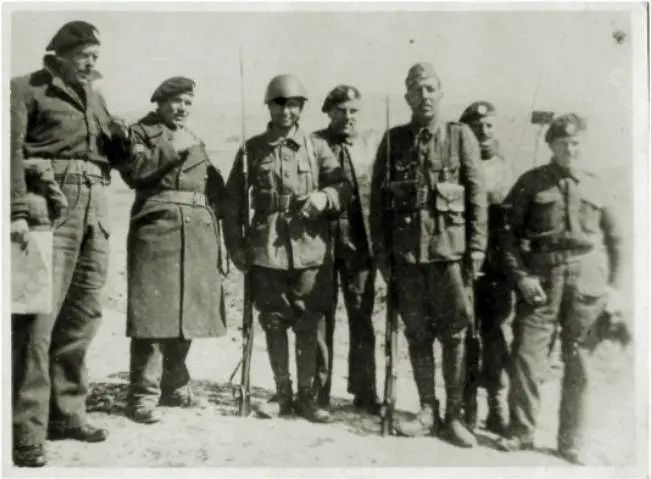
The Allied forces defending the Straits came mainly from Brigadier George Vasey’s 19th Australian Infantry Brigade. The whole of these forces consisted of the McKay force commanded by General Iven McKay, but subordinate to the W band, commanded by General Wilson.
Against the defenders of the Straits was the 40th armoured Army Corps of Germany. In particular, the Germans assigned Adolf Hitler’s 1st SS Division to enter the Strait and more specifically, the Witt Battle Group, which had been placed under the command of Major Fritz Witt.
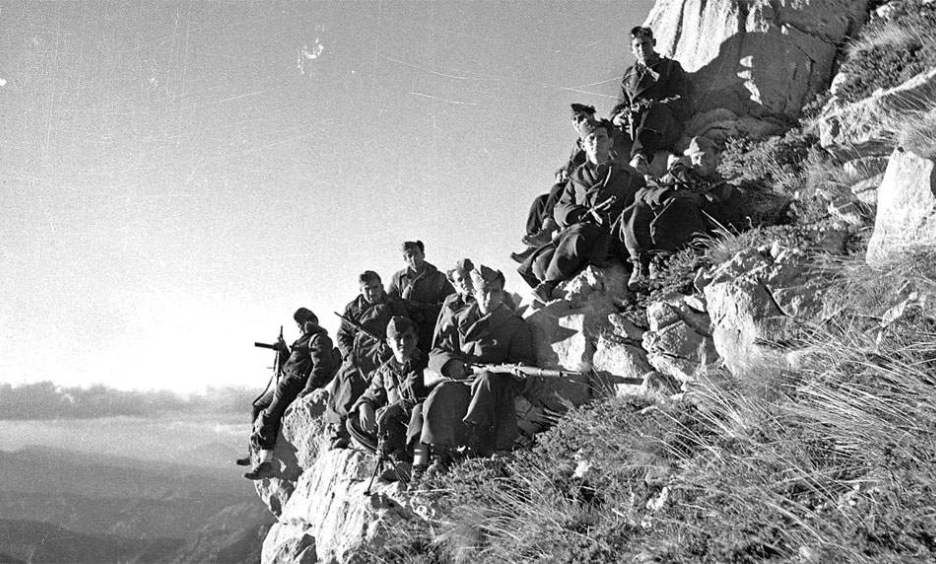
The great attack:
The main German attack began at 8.30 am on April 12, 1941. Heavy machine gun and mortar fire allowed the Germans to advance and outflank the 2/8th Australian Battalion, which was positioned on the eastern slopes of the Strait.
The British Scout Battalion, which was located further west, thinking that the 2/8th retreated, moved back towards the Kleidion railway station, thus creating an opening for the Germans. At around 3pm, the Germans had turned the entire area into a hellfire, causing a rapid retreat of the remaining allied forces.

The disorderly retreat and the confusion that followed intensified the climate of panic. By 5pm, the battle had been completely decided, while the martyred 2/8th Australian Infantry Battalion had been decimated and concentrated in the village of Rodonas. The 2/8th was destroyed as a combat unit and after its retreat had only 250 men, of whom only 50 were armed.
During the dramatic events of the battle, the last resistance was shown by the commander of the 1/88 Infantry Regiment Colonel Chondros, who lost his life on duty between the heights of Xino Nero – Flambourou in the Radosi area.
At the Battle of Vevi, Australian Colonel Peipon was also severely wounded.
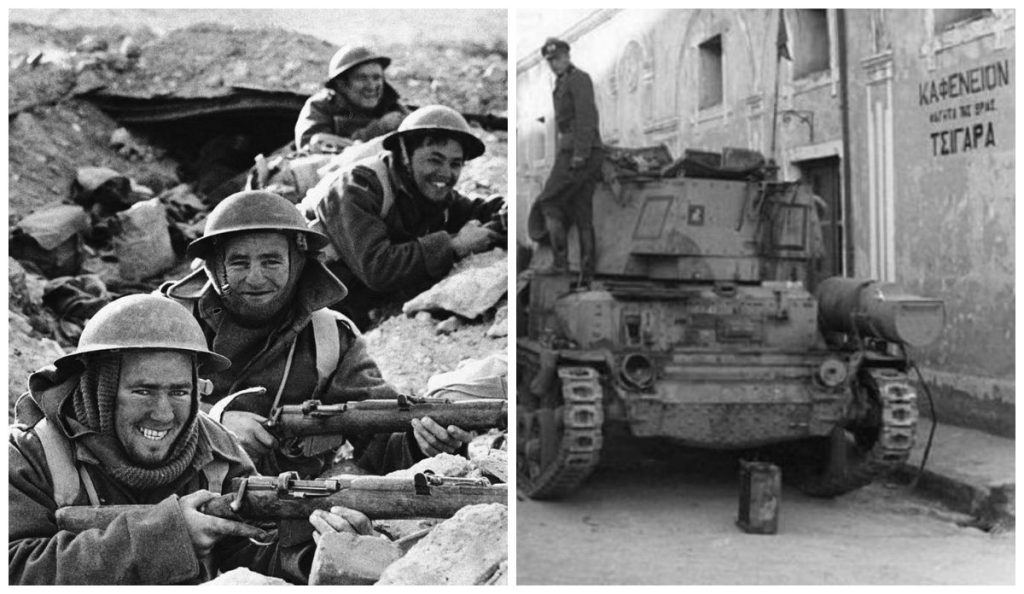
The gunner’s sacrifice:
As Ioannidis says in his historical narrative: “I would also like to refer to the indestructible example of the last fighting New Zealander machine gunner in Kleidio Heights, who is an example of bravery and heroism over the centuries.”
When the retreat of all the forces to the South began in a climate of confusion and the Germans advanced, the New Zealander was left behind with a single machine gun on a hill of the Straits, at their southern entrance, and from the strategic position he chose, he began to shoot at the advancing Nazis. He killed dozens and caused great destruction to the Germans, before he was killed in action. He was a contemporary Leonidas of his time, who guarded the new Thermopylae. He did not bend, he did not retreat, he sacrificed himself.
The gunner remained in his position until the end and fell fighting. It is worth pointing out that the Germans buried him next to their own dead and when they made a memorial day after the battle, at the graves of their own dead, the German Brigadier paid tribute to the New Zealander, thus recognising his courage and bravery.
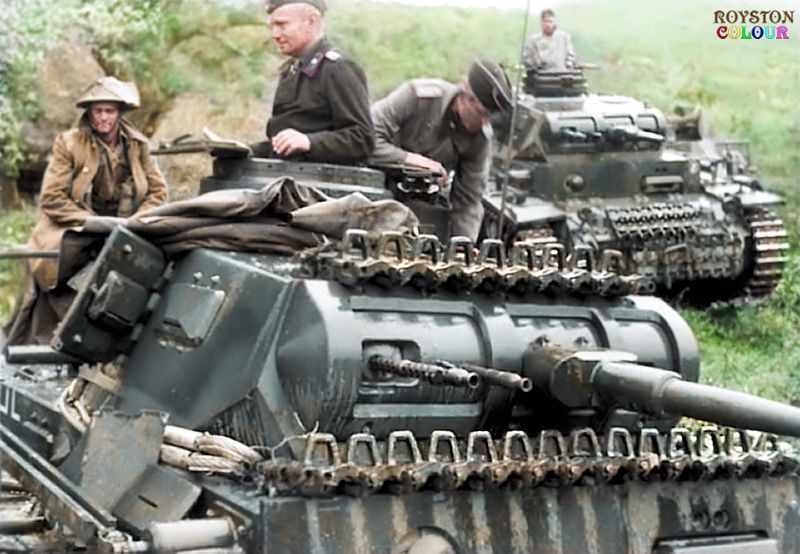
We must also not forget the accidents during the panic and retreat, when the British blew up the bridges while retreating. During the blowing up of a bridge in a stream west of Amyntaion, near the swamp, the men of a Greek Machine Gun Platoon, the 1st Battalion of the Dodecanese Regiment, found tragic death.
There were also combatants in operation Marita in Macedonia. On the left, the Germans in battle positions and on the right, Anzacs in the area of Kozani. Ioannidis also mentions that the older residents of Xino Nero still remember the departing Australian soldiers of the 2/4 Australian Infantry Battalion, who passed through the village, descending from the neighbouring hills, heading towards Sotiras. Seventy of them were taken prisoners at a barricade of the Germans in Sotiras.
They were men tall and robust, but afflicted by the climatic conditions of the days. It was snowing and it was incredibly cold. The attackers also suffered losses, most characteristic being the death by a mine of Fritz Witt’s brother, the leader of the force that undertook the attack of the Strait.
Despite the defeat and heavy losses, the actions of the McKay force at Vevi gave them two days to retreat and regroup in the South. With the initiative of the then-President of the community of Xino Nero and the community council, after a fundraiser attended by the residents of the village, a monument of the fallen Australians and New Zealanders in Greece was erected and its inauguration took place on November 4, 1945.
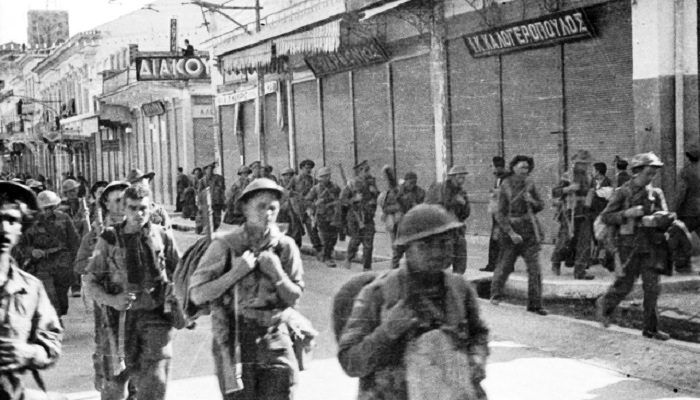
The missing Australian soldiers in the Battle of Vevi:
In recent years, attempts have been made to locate the remains of lost allies hastily buried on the battlefield. Information from locals to Australian Brigadier Keith Rossi in 1981 about the possible grave of those missing has led to a search by many from Greece and Australia to find their remains. Professor Tom Tsamouras from Newcastle and Peter Toyne, a former Northern Territory Minister, are two researchers who have tried for many years to identify the graves of these people.
